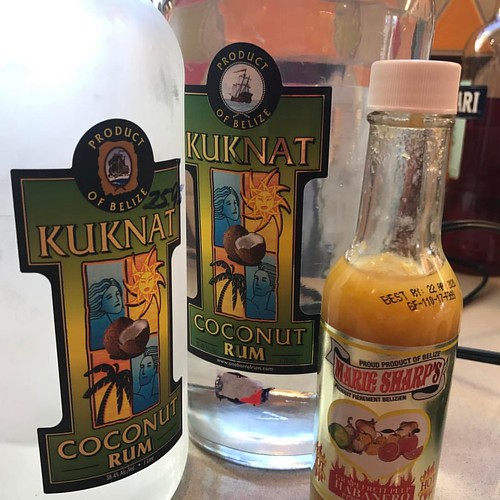ing genome. Recently, the enzymatic recognition of SRPK was used to analyze the location of CTD tails. The in vitro experiments for the binding affinity of SRPK with HBV capsids indicate that the CTD tails are exposed at the surface when the capsid does not contain any nucleic materials. Conversely, the CTD tails are mainly distributed inside the capsid for the RNA-containing nucleocapsids. Regrettably, the CTD chains were not visible through a conventional microscopy such as cryo-electron microscopy . Only a few recent studies capture a trace amount of CTD chains through reconstructed EM images. Besides, HBV capsids expressed in Escherichia coli contain the bacterial RNA instead of pgRNA. The in vitro assembly of HBV capsids typically occurs at an electrolyte concentration much larger than that corresponding to the physiological condition. The high salinity is PubMed ID:http://www.ncbi.nlm.nih.gov/pubmed/19841886 required not only to avoid capsid aggregation but also to maintain the thermodynamic JW 55 web stability of the reassembled capsids. Although DNA-containing viral particles are available from expression in mammalian cells at physiological conditions, a discrete separation of the capsids at each maturation state is currently impracticable. Detection of the capsid structure is also complicated by the intracellular environmental effects. Previously, we developed a theoretical platform for predicting the microscopic structure and thermodynamic properties of HBV nucleocapsids using a coarse-grained model for the key viral components and the classical density functional theory . Our model predicted a quantitative relationship between the CTD length and the genome content in good agreement with experimental data. In this work, we apply the same model to locate the SRPK binding motif by analyzing its affinity with HBV capsids at different distributions of the CTD tails. Specifically, we consider CTD distributions in HBV capsids either with or without RNA as examined in recent experiments. In addition, we study the structural reorganization of RNA chains due to CTD phosphorylation. MOLECULAR MODEL AND METHODS As in our previous work, we use a CG model to account for nonspecific interactions among the key ingredients of the HBV capsid, i.e., RNA and CTD chains in an electrolyte background. Whereas the atomistic details, including Biophysical Journal 107 14531461 the secondary structure of RNA, are unquestionably important to the biological functions and the kinetics of encapsidation, the essential features of the genome packaging and its interaction with the flexible domains of the capsid proteins are mainly affiliated with electrostatic interactions and molecular excluded volume effects. The nature of nonspecific interactions can be justified by the fact that HBV capsids expressed in E. coli have RNA content similar to that in the WT capsids. In our theoretical calculations, the electrostatic interactions and molecular excluded-volume effects are described with tangentially connected chains of hard spheres that each corresponds to one amino-acid residue or nucleotide. We assume that all RNA segments have the same diameter, sR 0:75 nm, and electrostatic valence of ZR 1. The diameter of CTD segments, sT 0:5 nm, reflects the average van der Waals diameter of amino-acid residues. The electrical charge corresponds to the characteristic value  of each amino-acid residue under physiological condition, and is assigned with the valence of 1, 0, and 1. Specifically, Z 1 is assigned to arginine, 1 for glutamat
of each amino-acid residue under physiological condition, and is assigned with the valence of 1, 0, and 1. Specifically, Z 1 is assigned to arginine, 1 for glutamat
Nucleoside Analogues nucleoside-analogue.com
Just another WordPress site
